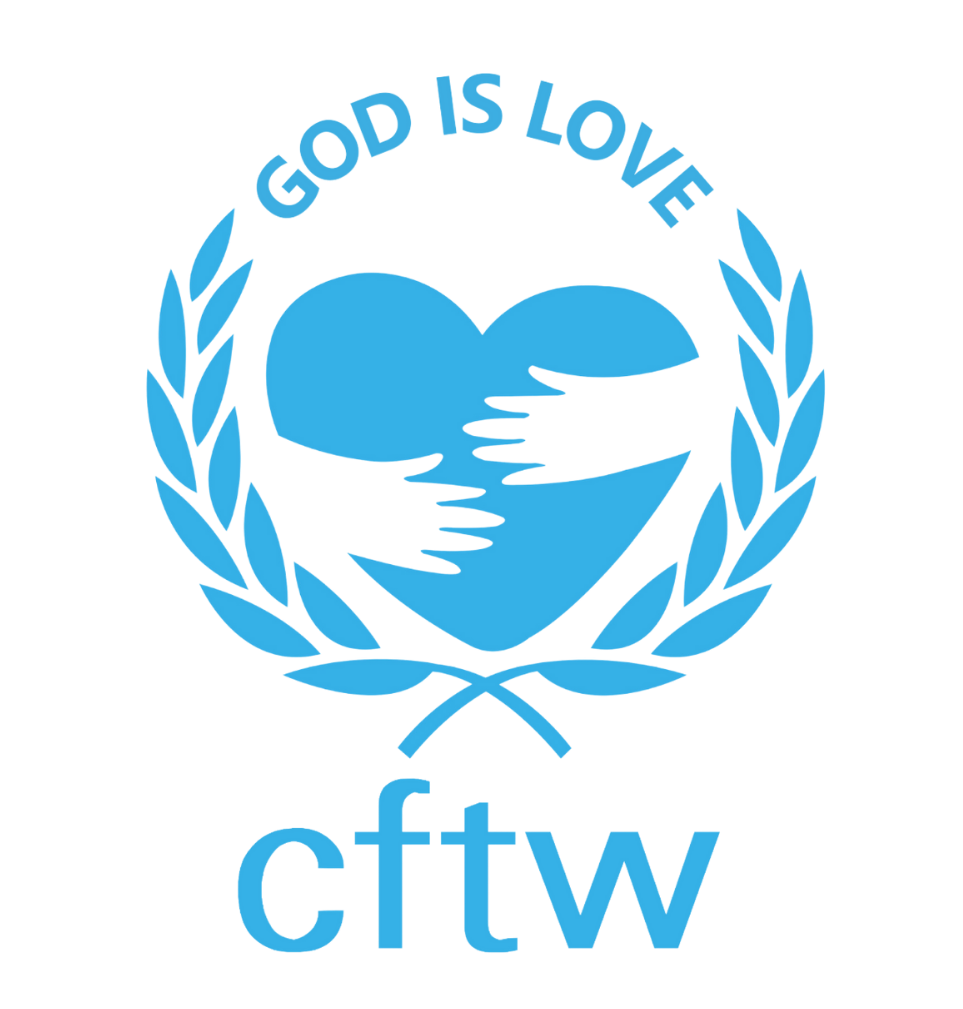From the Pandemic to Poverty
As the coronavirus pandemic continues to ravage the majority of the world, it is typically developing countries and those with a high ratio of low-income individuals who are impacted the most. The World Bank, which often leads discussions on the anticipated changes or increases in the world’s poor population, estimated that between 40 and 60 million people would fall into poverty in 2020—and this estimation was largely correct. Overall, the world’s low-income population has increased to 690 million, up from 640 million in 2019.
Many of these households operate on no more than $1.90 per person per day, and even then, not all of that money is physically available; rather, the value may be assumed in part from the value of property, which does not put food on the table or provide other critical services such as healthcare. In the wake of global disasters like COVID-19, areas with high levels of poverty are often the hardest hit. Understand why is a different matter.

Why ALWAYS the Slums?
People who live in their country’s slums are generally the most at risk during global health crises, and the coronavirus is no exception. The lack of access to a reliable or sufficient income means that most individuals are already in ill health for a number of reasons: inadequate access to clean or healthy food or water, no financial or physical ability to see a healthcare provider, and more.
This means that when a pandemic hits this community, there is little or no containment. People who are already less resilient due to an inadequate diet and a lack of basic necessities are almost guaranteed to fall victim to illness, and their inability to stay home—and in so doing fail to acquire necessities like food—quickly turns slums into breeding grounds for any virus or disease.
Many people in better-off countries take for granted their access to benefits such as sick leave that do not exist in the slums. And without disposable cash, families cannot stockpile the food that they need to remain socially distant. This is not their fault, but rather a product of their uncontrolled circumstance.
How Poverty is a Multi-Fold Phenomenon
As poverty continues to rise throughout 2020, one cannot help but examine how the coronavirus had a multifaceted impact on not only the living situations of people globally but also on the manner in which their poverty affects them. This phenomenon spreads across an individual’s entire life, from finances to emotional health, and this is more visible now than ever before.
COVID-19 has highlighted poverty as opportunity deprivation more strongly than any other time in recent history. People become imprisoned by their own low income, unable to create better opportunities for themselves. As unemployment and the face of the workforce changes drastically in response to the pandemic, all opportunities are harder to come by and are being taken more quickly be more advantaged groups.
However, poverty also presents as stigma and discrimination. The us/them issue is highlighted in countries with competing factions over personal protective equipment like masks—some wear them, some don’t. Similarly, the idea that “they” (which typically refers to the poor or the elderly) have a responsibility to protect themselves when such individuals may not have the resources has been growing exponentially.
Poverty has begun to manifest as violence; as some governments elect to keep the economy running at the cost of lives, it is largely the less fortunate who are impacted. Those living on a low income must solve their own problems, and this constitutes a form of structural violence.

Eradicating the World’s Poverty
As residents of the world, we all have a responsibility to play our own roles in eradicating poverty around the globe. We can fight for sustainable development and the alleviation of poverty by donating to NGOs for the cause if we have the financial means. Volunteering for organizations like Save the Children is another option that uses time rather than money to make a difference.
Charities and NGOs around the world are stepping up to end the cycle of poverty, even after the pandemic is conquered. But COVID-19 has made clearer than ever the vast divides in social and financial health that the world’s poorest nations endure, and organizations like CFTW continue to fund schools, build healthcare facilities, and support communities to become self-sufficient. When education and access to necessities is finally provided to poor nations, the people will be able to achieve their full potential and become acting citizens in the world in which they live.

